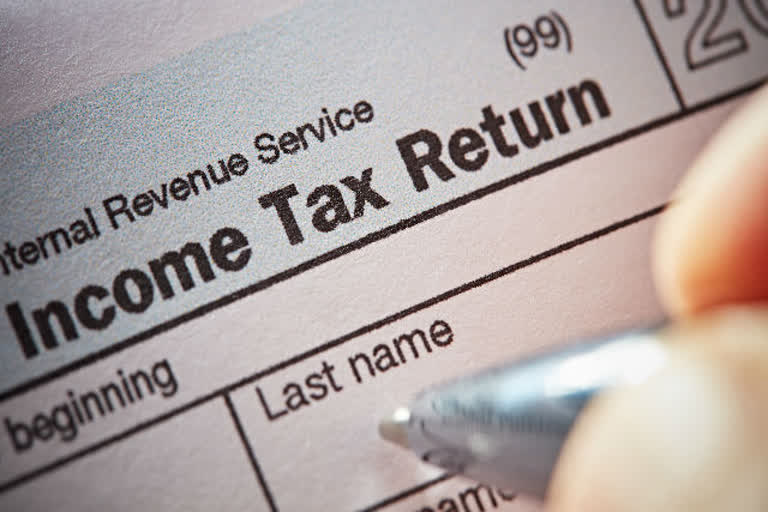A big chunk of taxpayers faces last hour trouble as they don’t keep the documents ready with them. This delays the tax filing process with the last date nearing faster. And, if you miss the tax filing deadline, you will have to pay fine.
ETV BHARAT presents you a step-by-step guide on the necessary preparations to be done by taxpayers to avoid last minute rush and confusion in filing of income tax returns.
Step 1. Know deductions
The Income Tax Act, 1961 allows tax exemptions on specified investments, including — House Rent Allowance, contribution to provident fund (EPFO), contribution to public provident fund (PPF), National Pension Scheme, interest payment on home loan, tuition fee for up to two kids, investments in mutual funds like equity linked saving scheme (ELSS), life insurance and health cover for your nuclear family, health cover for your parents etc.
Step 2. Plan investment proposals and inform employer

Ask your employer to give investment proposal form in the beginning of the year. Complete this task as early as possible and make sure you do it properly. In the form mention what investments you will be making in the entire year. These investments specified in the Income Tax Act, 1961 are exempt from tax.
Step 3. Keep rent receipt ready
You get House Rent Allowance (HRA) as part of your salary package. HRA is exempt from tax and you can minus the rent amount from your gross income and then calculate the tax outgo. For availing the benefits of HRA, you need to furnish rent receipts. You can also claim tax exemption on rent if you are staying in your parent’s home and paying rent to them. If you don’t furnish the rent receipt the amount which you are paying as rent will be counted with taxable income.
Step 4. Get copy of landlord’s PAN card

Keep this in mind that if you are paying more than Rs 1 lakh rent in a financial year, then you will have to furnish PAN card of the landlord. This is because the rental income is taxable under the I-T Act. If you are paying annual rent of Rs 1 lakh or less than that, you don’t need to furnish the PAN card. Your landlord will show the rental income he or she is making from you in his or her ITR.
Step 5. Furnish insurance premium proofs
The premium you pay for buying life and health insurance covers are exempt from tax. These covers include for you and your nuclear family and your parents as well. Towards the end of the year, your employer will ask you to submit the proofs for the same. Remember that you had mentioned this in the investment proposal form. So if you fail to produce the documents in its support, you will lose out on some more money.

Step 6. Ask school for tuition fee proofs
You must inform in advance your kid’s school for giving you proof for tuition fee you pay for your child. This you should do in the beginning of the year so that you are not in trouble towards the end of the year. This habit will make the procedure smooth as the school will not be caught unawares at the end when you approach it. Tuition fee for up to two kids is tax exempt under Section 80C of the Income Tax Act, 1961.
Step 7. Get Form 16
Form 16 is very crucial document for filing of an ITR. You can get it from your employer in the month of June. It has two parts — Part A and Part B. Part A has fields like PAN and TAN details of the employer, your own PAN details, name and address of the employer etc. You can download the Part A from TRACES website in case you don’t get it from your employer. Part B has a break up of your salary, your gross income, your taxable income. Break up of salary includes the allowances exempt from tax. Part B also has details of tax deducted at source (TDS) cut by the employer. It also has details like your investments which are exempt from tax. You must keep it ready with you at the time of filing ITR.

Step 8. Check Form 26AS
Form 26AS has details related to your taxes. It shows how much tax you have already paid in a financial year. You can check tax deducted at source (TDS) in Form 26 AS. For the purpose, you need to log on to income tax website https://incometaxindiaefiling.gov.in.
In the link, you need to sign in first if you haven’t already registered your account. After logging in, go to ‘My Account’ and click on Form 26AS and select the year and PDF filed you want to download. This will make your tax filing exercise hassle free.
Read more:Argentina invites Indian investment



